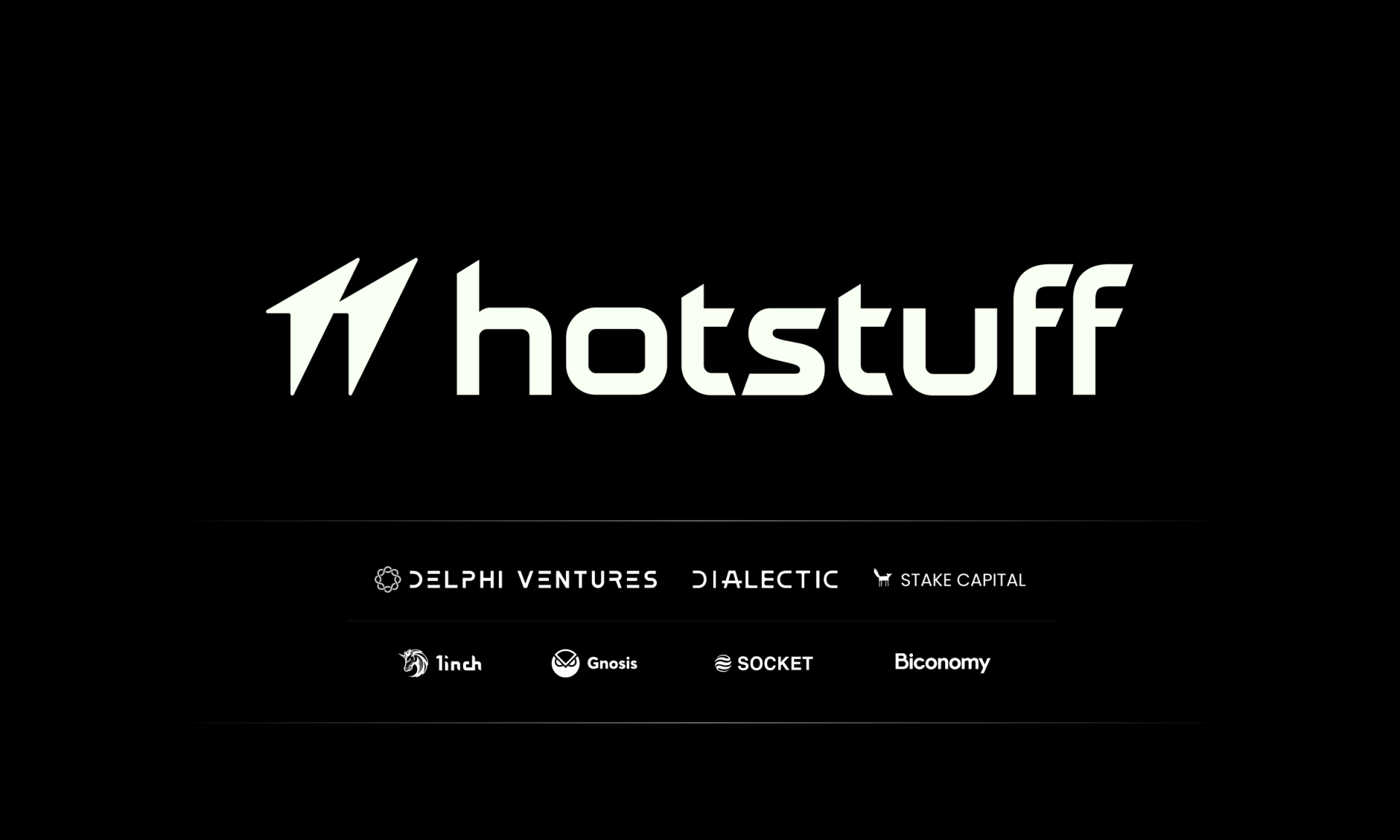A fork refers to the process of modifying the code of a blockchain protocol. In the context of the OHM Fork, it specifically pertains to the changes made to the codebase of the OlympusDAO protocol. When significant improvements or modifications are made to an existing blockchain network, it can result in a fork, creating two parallel variants of the blockchain.
The concept of forking is derived from the open-source nature of blockchain technology. Open-source code allows for contributions and enhancements to be made by developers, ultimately improving the functionality and features of the blockchain protocol.
New forks often lead to the creation of new cryptocurrencies. One common approach is to create a fork in the existing Bitcoin blockchain, resulting in the birth of alternative cryptocurrencies such as Bitcoin Cash and Bitcoin SV. Similar phenomena can be observed with the OlympusDAO codebase, which has given rise to numerous additional forks.
Developers have updated the original OlympusDAO codebase, resulting in the creation of several new coins. Forking an existing blockchain enables the addition of new code and features without the need for a complete rewrite of the entire protocol. This allows developers to build upon the existing foundation and focus on specific improvements or modifications.
The success and popularity of OHM, the native token of OlympusDAO, has inspired the development of various OHM-related projects. OHM’s innovative liquidity rewards sharing technique and decentralized autonomous organization (DAO) structure have motivated developers to work on their own forks.
One notable example is Wonderland, which is another fork of OlympusDAO. Wonderland has achieved significant market capitalization and success with its TIME token, which is built on the Avalanche blockchain. The liquidity model, owned by the OHM protocol, has played a pivotal role in the emerging DeFi 2.0 movement, spearheaded by projects like Wonderland.
$KLIMA is another noteworthy OHM fork that is officially supported by OHM token holders. This cryptocurrency is based on the Polygon network and is backed by digital carbon credits. Similar to the OHM coin, $KLIMA offers a high annual percentage yield (APY), making it potentially profitable for investors.
However, it’s important to note that not all forks are driven by positive intentions. In some cases, forks occur due to incidents of exploitation or theft. For example, AnubisDAO initiated a fork of Olympus DAO after a significant amount of Ether (ETH) was stolen from the system. The objective of this fork was to combine the liquidity bonding mechanism introduced by Olympus with a Shiba Inu token-based treasury.
Unfortunately, this incident highlights another case of a “rug pull,” where unethical individuals exploit pre-existing codebases like the OHM fork to facilitate their malicious actions. It emphasizes the importance of conducting thorough due diligence and research before participating in any project, especially those that are based on forks.
The success of OHM and its liquidity protocol has undoubtedly led to the creation of many other tokens and projects. However, it is worth noting that in many cases, the developers behind these forks remain unknown or operate anonymously. This raises concerns about accountability and the sustainability of the protocol if the developers were to disappear or abandon the project.
It is crucial for newbies in the blockchain space to understand the concept of forks and their implications. Forks can be both beneficial and risky, depending on the intentions and credibility of the developers behind them. Conducting thorough research, evaluating the team, and understanding the fundamentals of the project are key to making informed investment decisions in this ever-evolving ecosystem.














